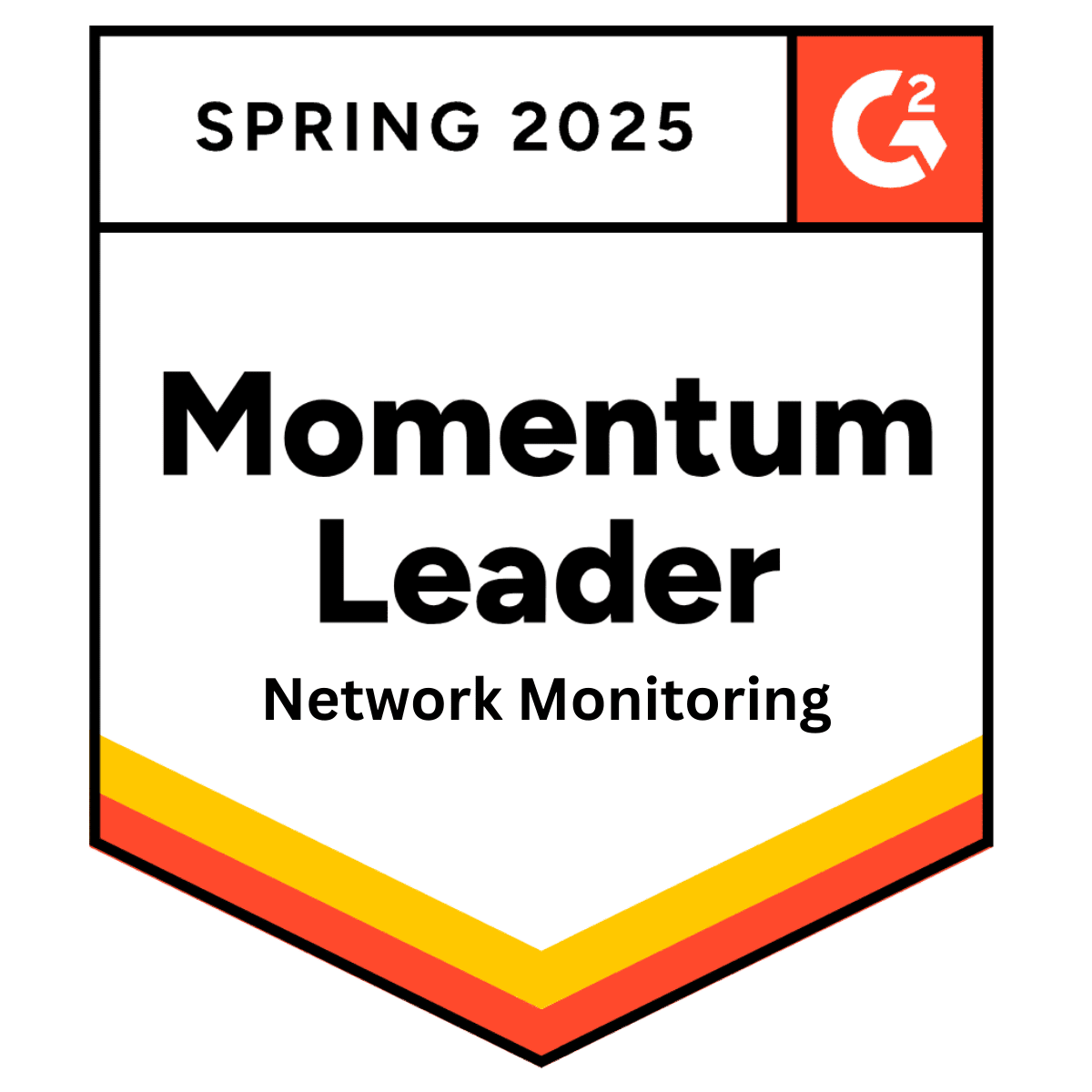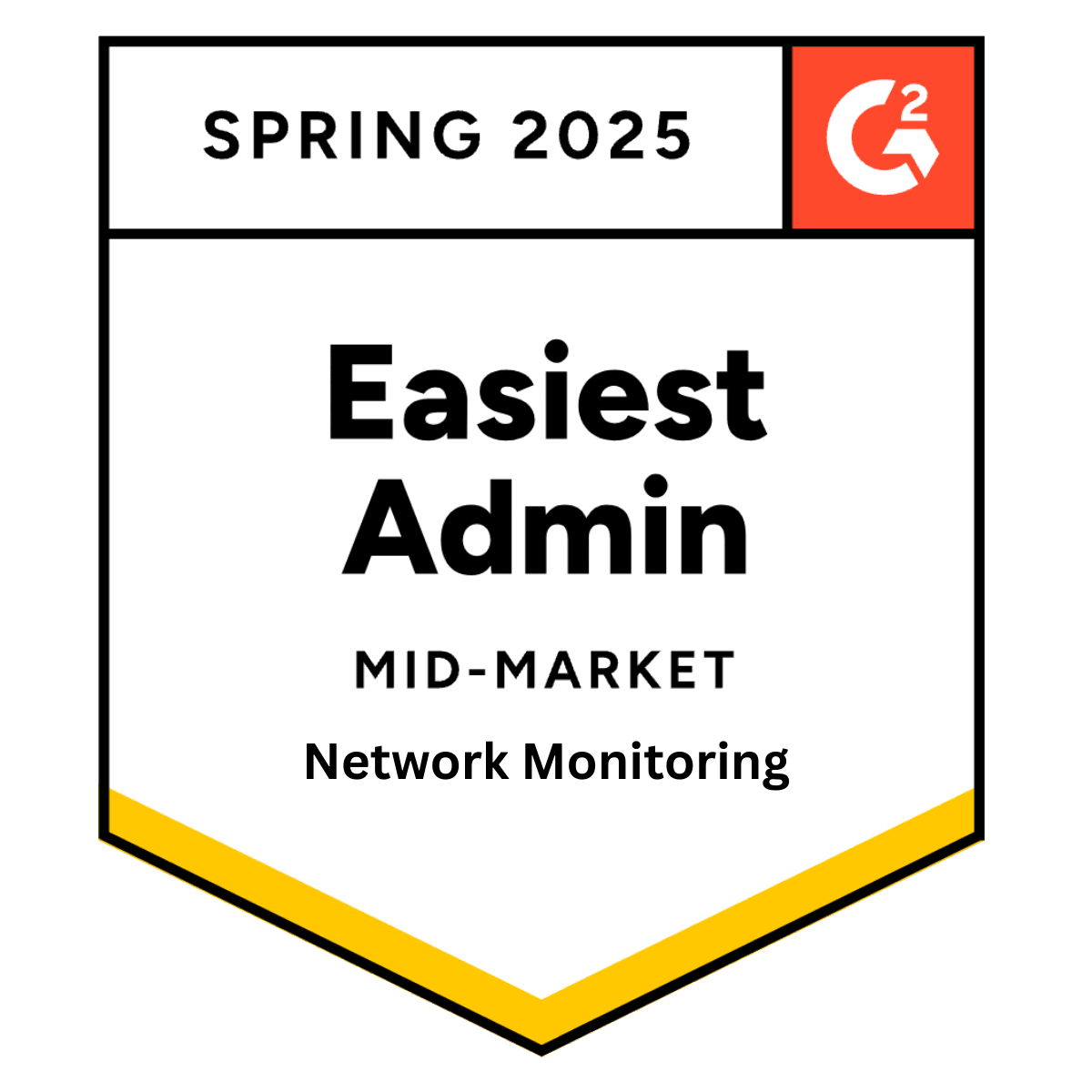
10 KPIs You Must Track to Measure Your MSP Success
Thursday 14 November, 2019

When you are in the MSP business, you strive for business growth and incorporate a strategy that helps you achieve this growth. But how will you know if this strategy is working? This question can be addressed with the help of various key performance indicators (KPIs) that track your performance and success.
There are dozens of KPIs and metrics that businesses can use to track their performance. However, pursuing them all is an exercise in futility. The key here is to identify the metrics that are most suited for the MSP industry.
We have compiled a list of 10 KPIs for MSPs that are critical to your operational success. So, let's dive in and find out how these metrics can contribute to MSP success.
1. Monthly recurring revenue (MRR)
Monthly recurring revenue refers to the steady income you generate from your subscribers every month. By measuring your MRR, you can get actionable information on what you need to do to further expand your business. Other factors like profitability, taxes, etc., require a complete understanding of the revenues generated in your business.
MRR = Sum of all your recurring revenue payments generated in a month
2. Cost of goods sold (COGS)
In addition to your revenue, cost of goods sold (COGS) is a key indicator to determine your profitability. It is the direct costs you incur while producing the product you sell. For MSPs, this may include software license costs, labor costs (sales and support), and delivery costs. By tracking this KPI, you can understand how to keep your costs under control and boost your profitability.
COGS = License costs + Labor costs + Delivery costs
3. Net operating income
In the MSP world, the income you generate is critical in assessing the health of your MSP business. It is one of the most commonly used metrics to measure success. If your net operating income is less than 10 percent of your total revenues, you need to look for ways to bring down your costs or boost your revenues. EBITDA (earnings before interests, taxes, depreciation, and amortization) is another similar measure you can use. However, net operating income is an easier metric to calculate.
Net operating income = Total revenues – Operating expenses
4. Customer acquisition cost (CAC) and Customer lifetime value (CLV)
Irrespective of their size, MSPs must spend money to acquire new customers. CAC refers to the average amount spent on acquiring a single customer. Every MSP must assess the CAC by comparing it with the net profit generated by the customer. The customer lifetime value (CLV) metric is designed to assess the profit generated by a customer. Every company must make sure that its CLV is higher than its CAC.
CAC = All marketing expenses spent on acquiring new customers/Number of new customers acquired
CLV = Revenue generated by a customer – Initial money spent on acquiring the customer
5. Client contribution (CC)
This is one of the best KPIs for MSPs to assess the value of their clients. Client contribution (CC) calculates the average profit generated by every client. With this metric, you can determine how much money you are spending on serving your clients and which of them are unprofitable. By knowing this, you can figure out a way to minimize your overall costs and boost your profits.
CC = Average revenue per customer – Average cost of goods sold
6. Average response time
This KPI tracks the average time taken by your staff and technicians while responding to a client call. You need to have a quick response time to keep your customers satisfied. This is a critical measure to earn the trust of your customers and improve their retention.
Average response time = First response time/Number of tickets
7. Outstanding issues
MSPs must track the number of issues that remain unsolved after every week, month, and quarter. This metric helps you understand how your support process can be improved. If the number of outstanding issues is too high, you must think about adding more support staff or automating certain processes.
Outstanding issues = Total number of tickets – Number of tickets solved
8. Resource utilization rate
This is a KPI for MSPs to determine how efficiently they are utilizing their resources. Resource utilization rate is calculated by determining the percentage of an employee's available time used for productive, billable work. With this metric, you can figure out the time wasted on non-billable work and deploy your resources wisely.
Resource utilization rate = Total billable hours/Total resource hours available
9. Administrative expenses
These are expenses not directly related to the MSP function. It may include general expenses like building expenses, salaries, internal IT costs, taxes, office expenses, etc. MSPs with administrative expenses over 20 percent of the revenue must bring them under control to ensure higher profitability.
10. Churn rate
This refers to the percentage of customers who stop subscribing to your products after using them. A churn rate of 10 percent or less is good for your business. If it goes any higher, you need to figure out why your customers no longer want your service and address the issues swiftly.
Significance of KPIs
Performance metrics play a big role in helping businesses grow. MSPs that continuously track their performance always have a significant advantage over others as they get to know what is working for them and what isn't. The above listed KPIs are suitable for any growth-oriented MSPs that have a vision of making it big in the industry.
Share this post
Related Posts
Join the Ranks of Satisfied Customers and Experience the Pulseway Difference Today.








